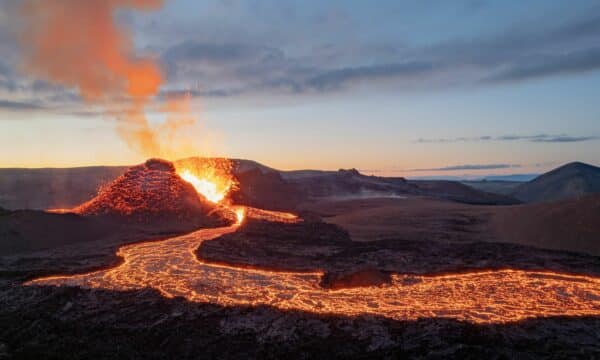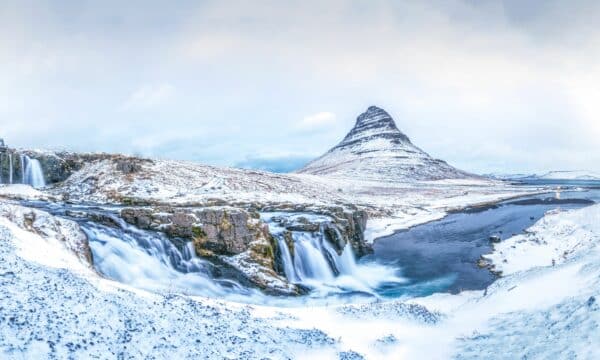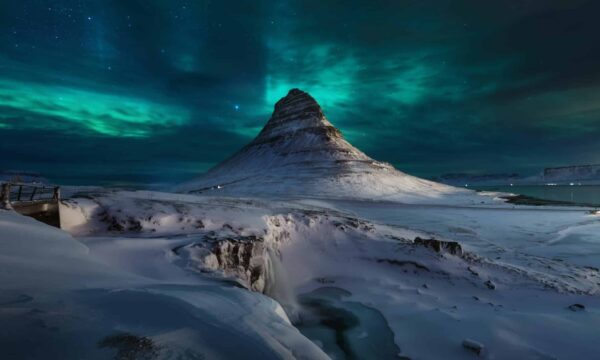What to Expect in Iceland in January
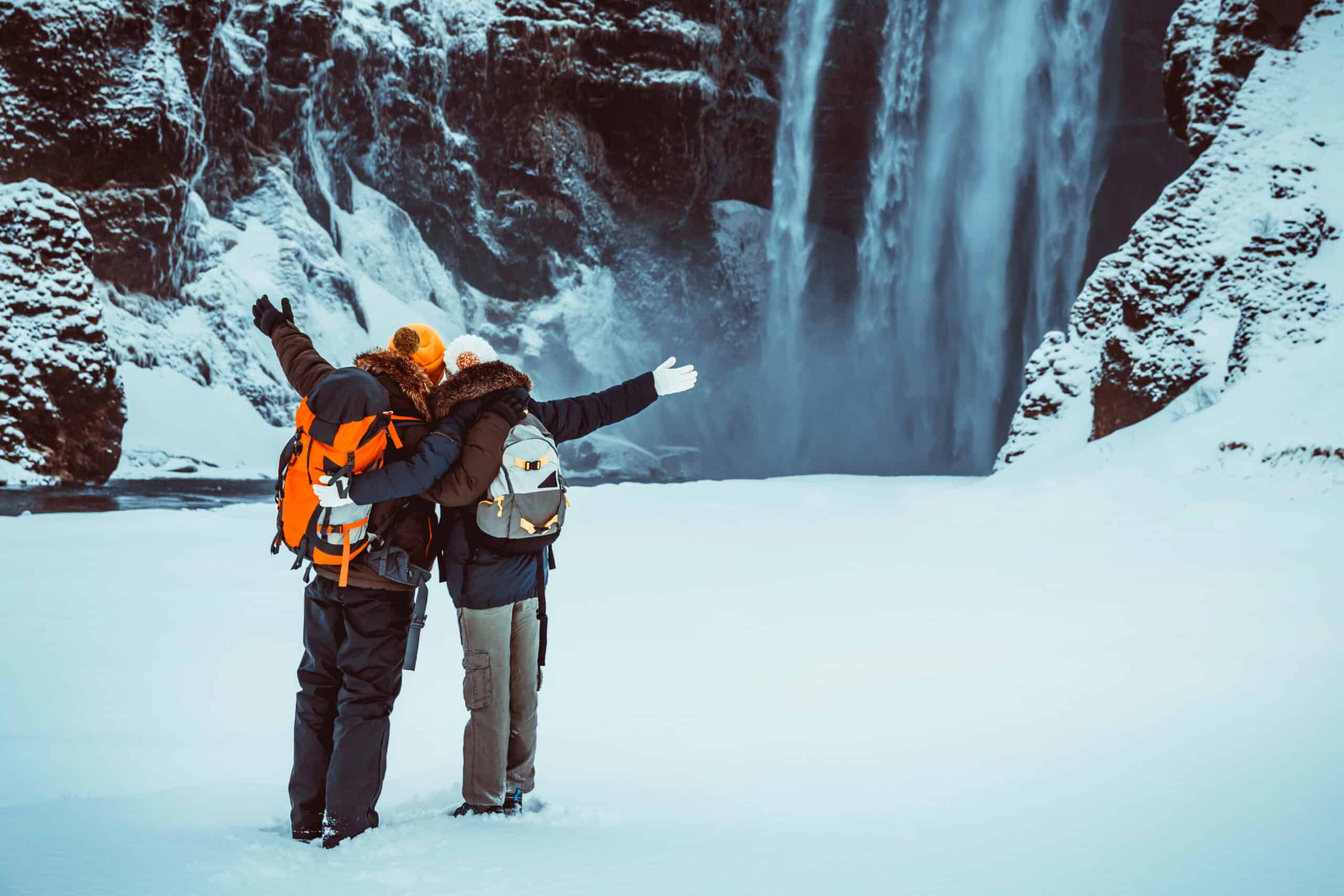
Statistically, January is the least popular month to visit Iceland. So, if you are one of the brave few who venture to this cold, dark land during one of the coldest and darkest months, you’re in for a unique and exciting experience.
Visiting Iceland in January has its pros and cons. Here are some things you can expect:
- Cold Weather: January is one of the coldest months in Iceland, as well as the windiest.
- Limited Daylight: Expect darkness. January only has a few hours of daylight each day.
- Northern Lights: Due to the few daylight hours, January is a good month for Northern Lights viewing.
- Fewer crowds: January is the least popular month to visit Iceland, meaning fewer crowds at popular attractions.
- Closed Roads: Snow and ice are common in January, and roads can be icy. Some areas may be inaccessible due to snow accumulation.
- Outdoor Activities: January is amazing for winter sports, such as skiing, snowmobiling, ice skating, glacier hiking, and ice caving.
- Lower prices: Accommodation and rental car prices are higher in the summer.
- Winter Sunrises and Sunsets: With the sun rising and setting at a low angle, January offers stunning and ethereal sunrise and sunset views.
- Festivals: From a mid-winter feast to a music festival, January is a great time for cultural activities.
- Photography opportunities: From ice caves and glaciers to the Northern Lights, photographers will have plenty of options for breathtaking shots.
Despite some challenges, visiting Iceland in January offers adventures, fantastic winter landscapes, and the chance to experience unique cultural activities.
Average Weather & Daylight Hours in January
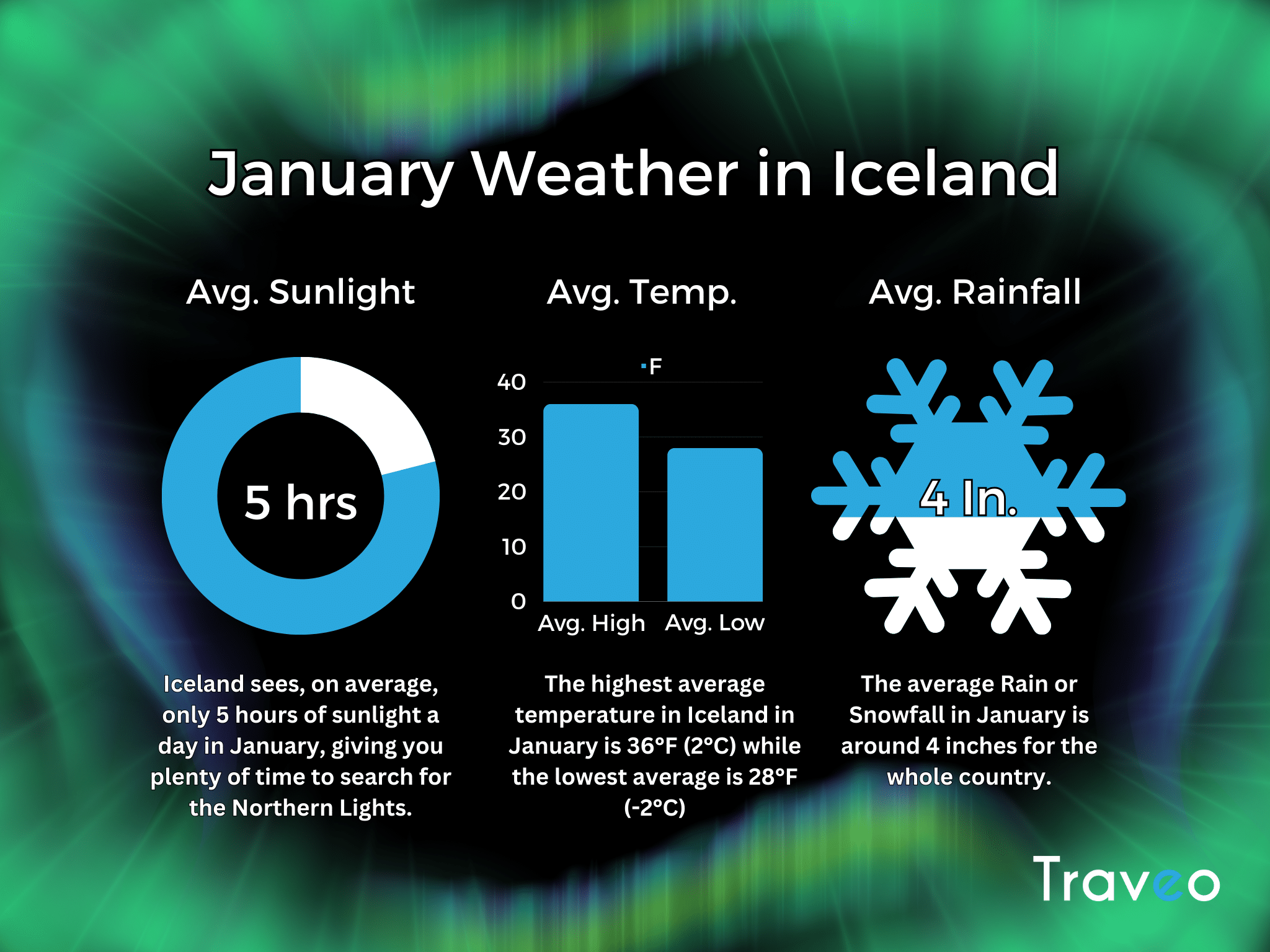
Many websites have described Iceland in January as a “true winter wonderland,” which evokes images of snow-covered landscapes, frosty trees, and a tranquil atmosphere. The truth is January is both Iceland’s coldest and windiest month, as well as the second-darkest. It’s not quite the serene winter scene many imagine.
The average temperature in this chilly month hover between 28°F to 35.6°F (-2°C to 2°C). Occasionally, it can get even colder, especially in central and northern regions. Luckily, Reykjavík’s coastal location usually provides milder temperatures. This means that if you want to explore, keeping a home base in the city while traveling to nearby attractions is a good idea.
The southern and western coastal regions get the most precipitation, with an average rainfall in January of 75mm to 100mm. The type of precipitation, whether rain, sleet, or snow, depends on the temperatures, which can change a lot throughout the day.
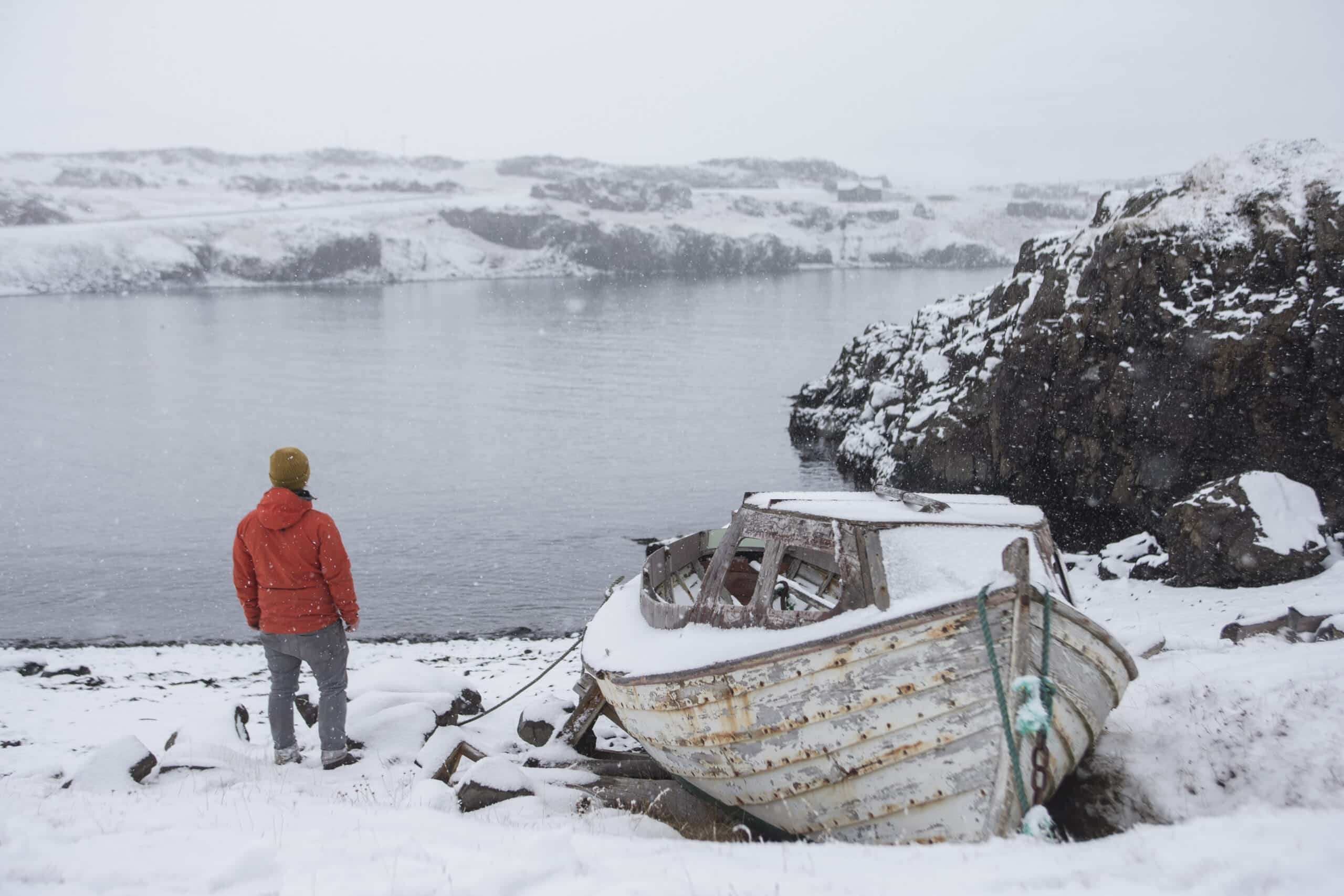
Wind speed can often reach 3.1 m/hr (15 km/hr), and storm warnings are common, especially towards the end of the month. Those looking to visit Iceland in January need a sense of adventure and a flexible mindset because nature can easily alter your plans. If you book with Traveo, you’ll get a personal travel advisor who’ll help you reorganize your trip if needed.
While daylight hours gradually extend from the winter solstice in December, the days remain short, providing only around 4 to 5 hours of daylight. Of course, the limited daylight enhances the chances of seeing the dancing Northern Lights.
Does this mean you shouldn’t visit Iceland in January? Absolutely not! Just layer up and keep your plans flexible in case the weather’s capricious nature adds a touch of adventure to your journey!
Top Things to Do in Iceland in January
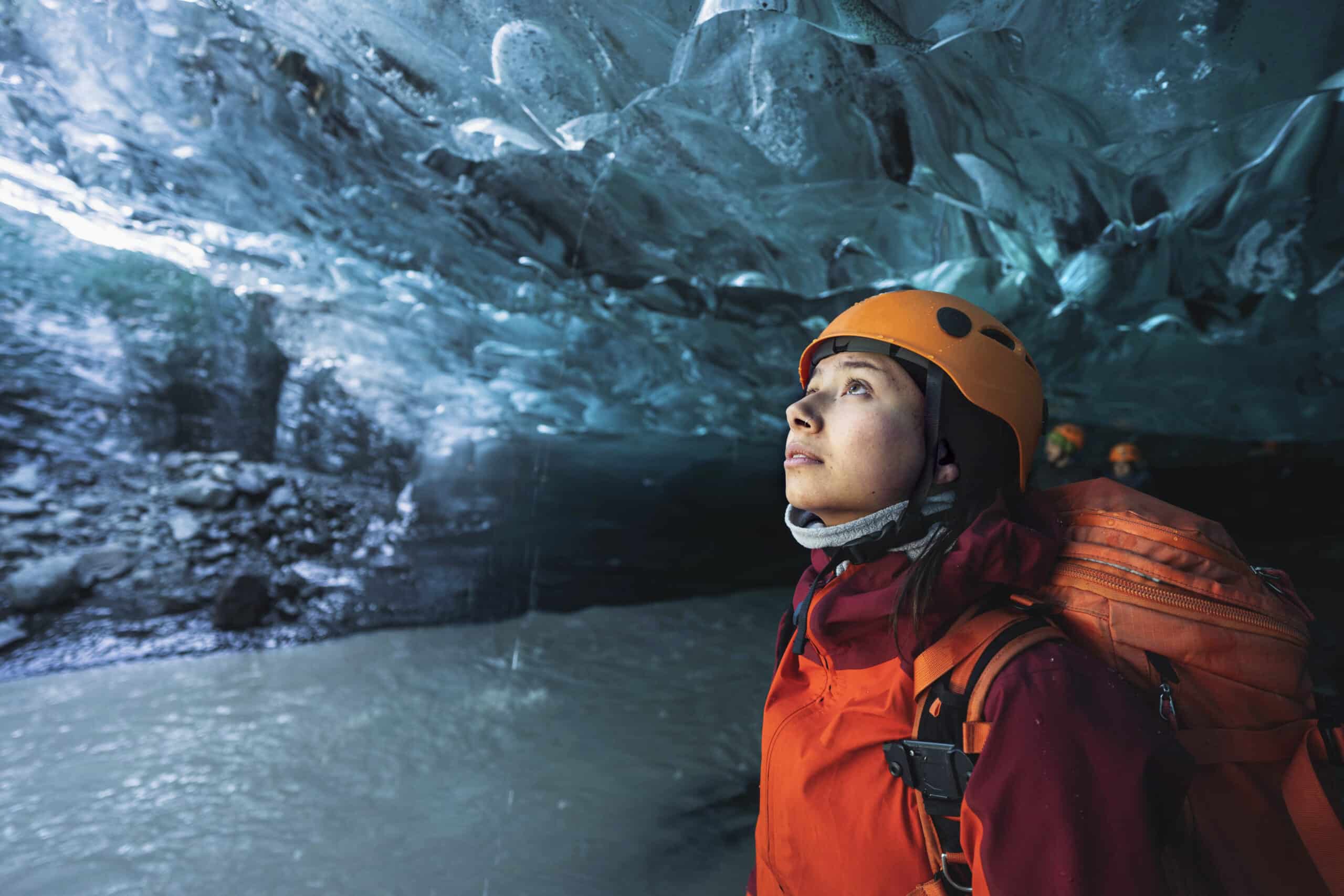
Perhaps the above description of Iceland in January has put you off the idea of coming here. But before you start Googling warmer places to spend your winter holiday, remember that there are people who live in this country. And they know how to make this month amazing!
From dazzling fireworks to cultural feasts and sports competitions, January packs a punch of Icelandic charm. Bundle up and join the festivities, where the Northern Lights dance and the spirit of Þorri celebration fill the air.
Let’s explore the top things to make your January in Iceland an unforgettable adventure.
Fireworks on New Year’s & 12th Night
January starts with a bang as Iceland rings in the new year with a spectacular fireworks display. Note, however, that the country does not have a state-run or organized fireworks show. No, this magnificent display is all courtesy of Icelandic citizens who can purchase fireworks from the Search and Rescue Team or their local sports club.
Surprisingly, many people still have some fireworks left after New Year’s Eve. So, on the 6th of January, or Twelfth Night (known in Iceland as Þrettándinn), people blow the rest of their rockets up. This means that in the first week of January, you can expect two fireworks shows!
There are also several bonfires around the country on New Year’s Eve and Þrettándinn, where big crowds gather to celebrate and sing songs. According to folklore, both dates are linked to elves, hidden folks, and the Yule Lads. So, don’t be surprised if you spot some strange creatures lurking around the fires.
Northern Lights Viewing
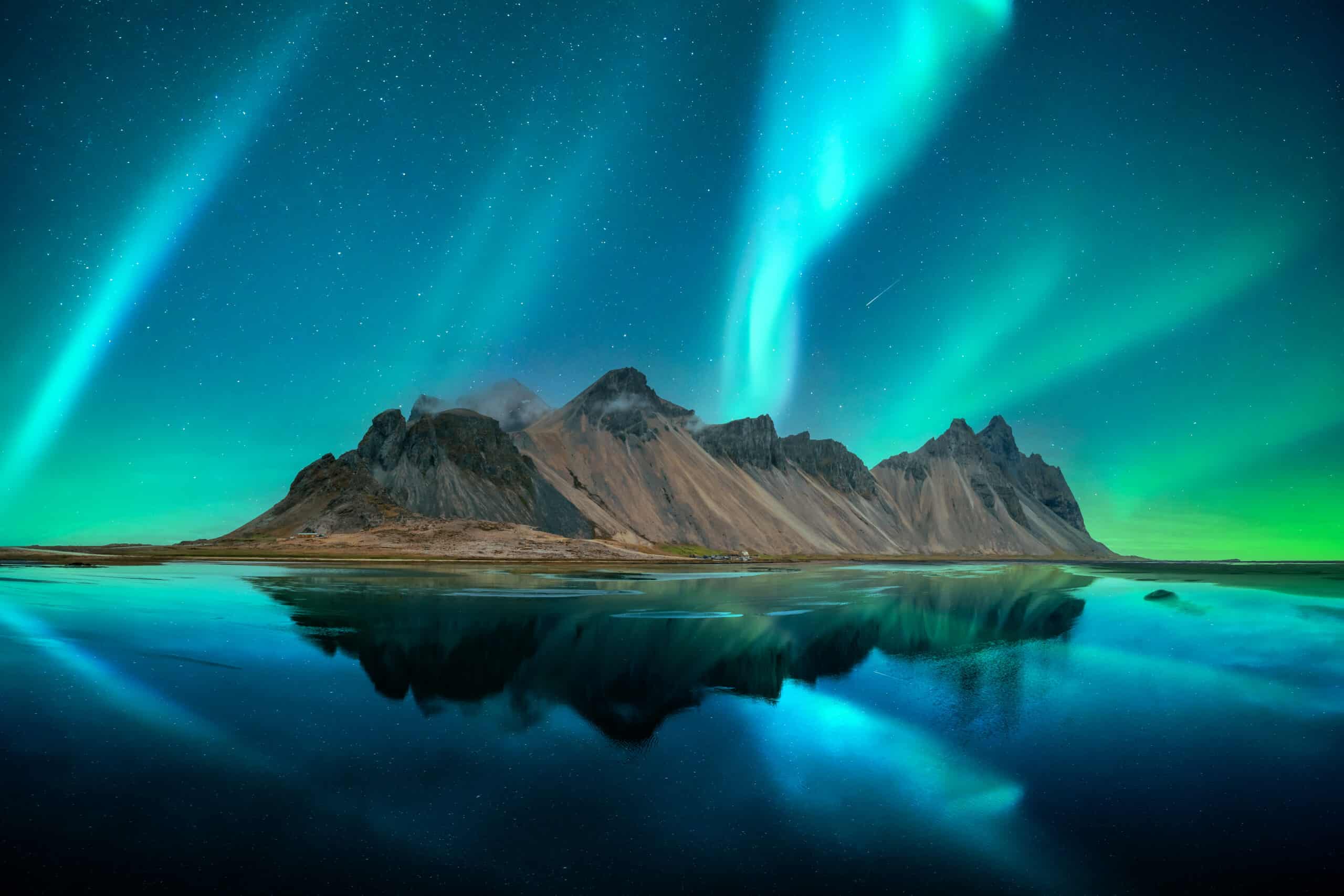
The top thing to do in Iceland in January is undoubtedly Northern Lights Hunting.
To see this beautiful natural wonder, you need two things: Clear skies and darkness. And, as mentioned, January has plenty of darkness. However, the city and towns have a lot of artificial lights, which means that you’ll need to get away from any light pollution in order to get the best view of the Aurora Borealis.
Those on a self-drive tour can simply drive a little into the countryside, find a good spot, and watch these dancing lights in the sky above. For those without a car or those who want to maximize their viewing chances, a guided Northern Lights Tour is the best option.
Northern Lights guides keep an eye out on the forecast, paying special attention to cloud coverage. Based on their observations, they’ll head out to the best site to spot the auroras. They’ll also share some great insider knowledge about this country and provide you with blankets and hot chocolate in case you get cold.
Visiting the Golden Circle
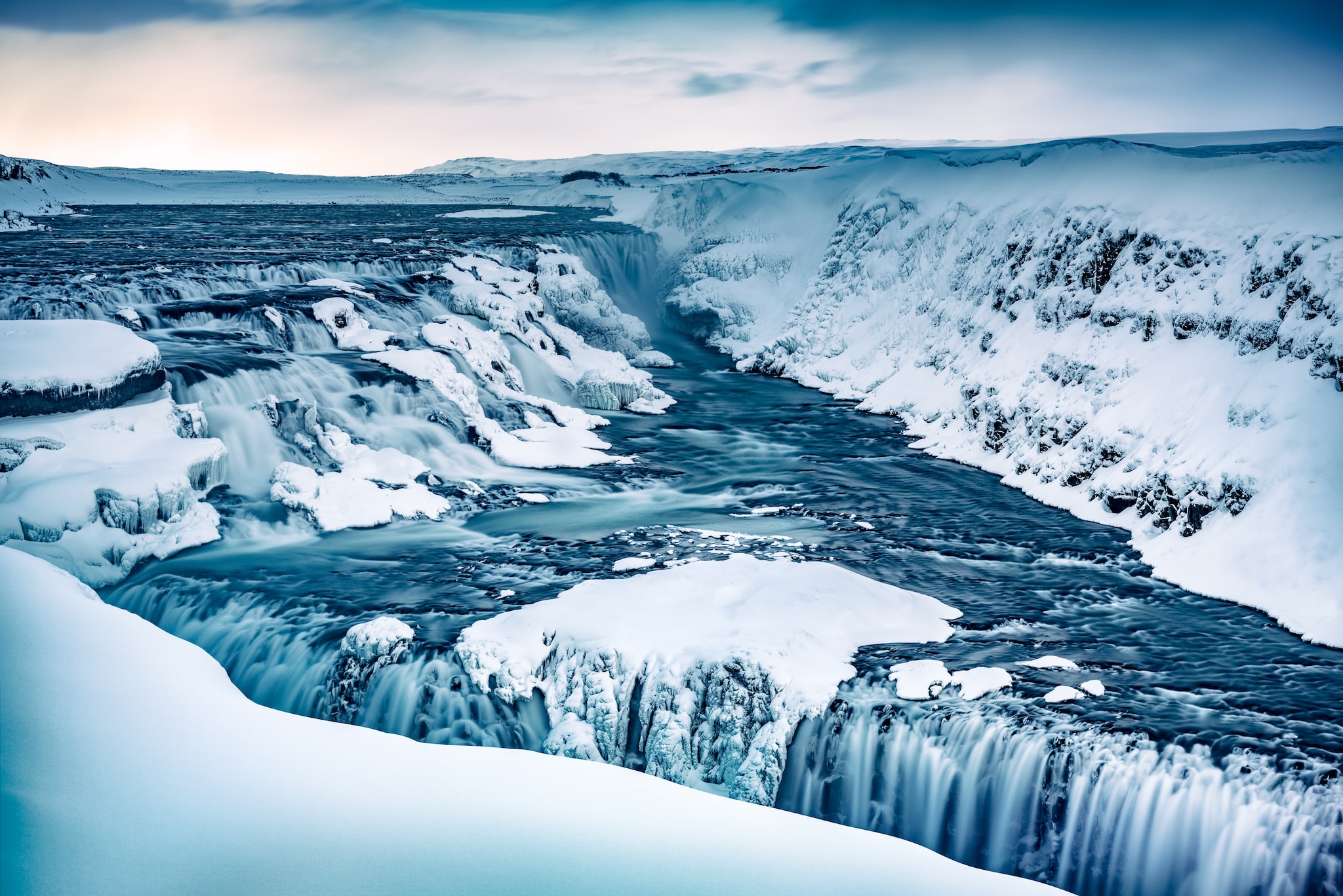
One of the best things about Iceland in January is that it is off-season, which entails lower prices on accommodation and rental cars, as well as fewer crowds at popular destinations such as the Golden Circle.
The Golden Circle is Iceland’s most popular sightseeing route, and although it never attracts as large crowds as, say, the Eiffel Tower or Times Square, it sees quite a few people during the summer months. However, in January, you can experience a more quiet and tranquil Þingvellir National Park, Geysir Geothermal Area, and Gullfoss Waterfall.
Ice Caves & Glacier Activities
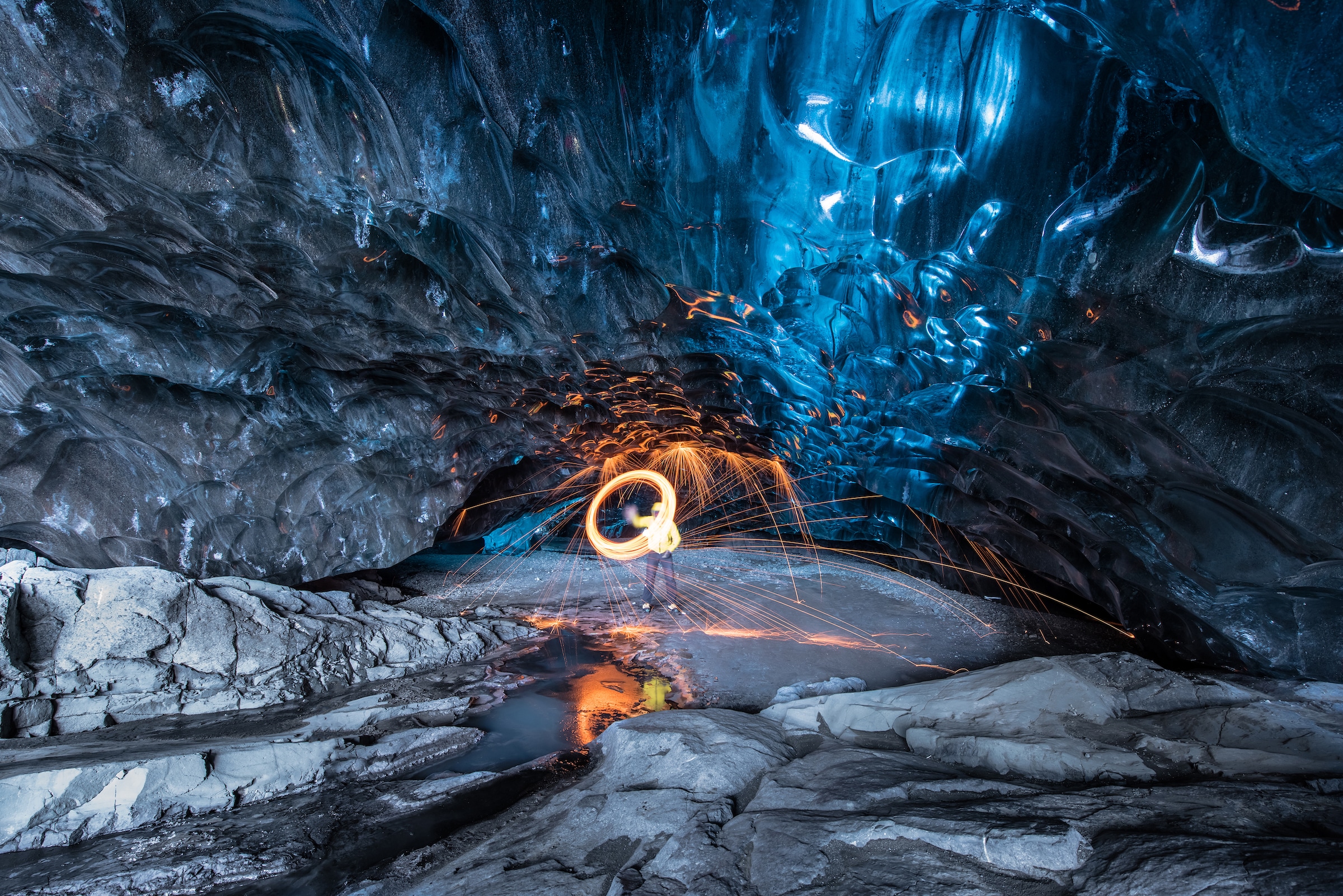
As mentioned, January is one of Iceland’s coldest months. Although that might sound like a bad thing, it isn’t if you’re looking to do activities that require cold temperatures, such as glacier hiking, snowmobiling, or ice caving.
Although both snowmobiling and glacier hiking are available year-round, ice caving in Europe’s largest glacier, Vatnajökull, is not. The Blue Ice Caves in Vatnajökull National Park are only open during the winter months, as they flood with the rising sun. Making January an excellent time to visit one of these crystalline caverns.
Vatnajökull National Park is not just home to beautiful ice caves but also Jökulsárlón Glacier Lagoon and Diamond Beach. Guided ice cave tours depart from Jökulsárlón and offer an immersive experience where shades of blue and white surround you. It’s a captivating adventure suitable for both beginners and winter enthusiasts.
Blue Lagoon and Sky Lagoon
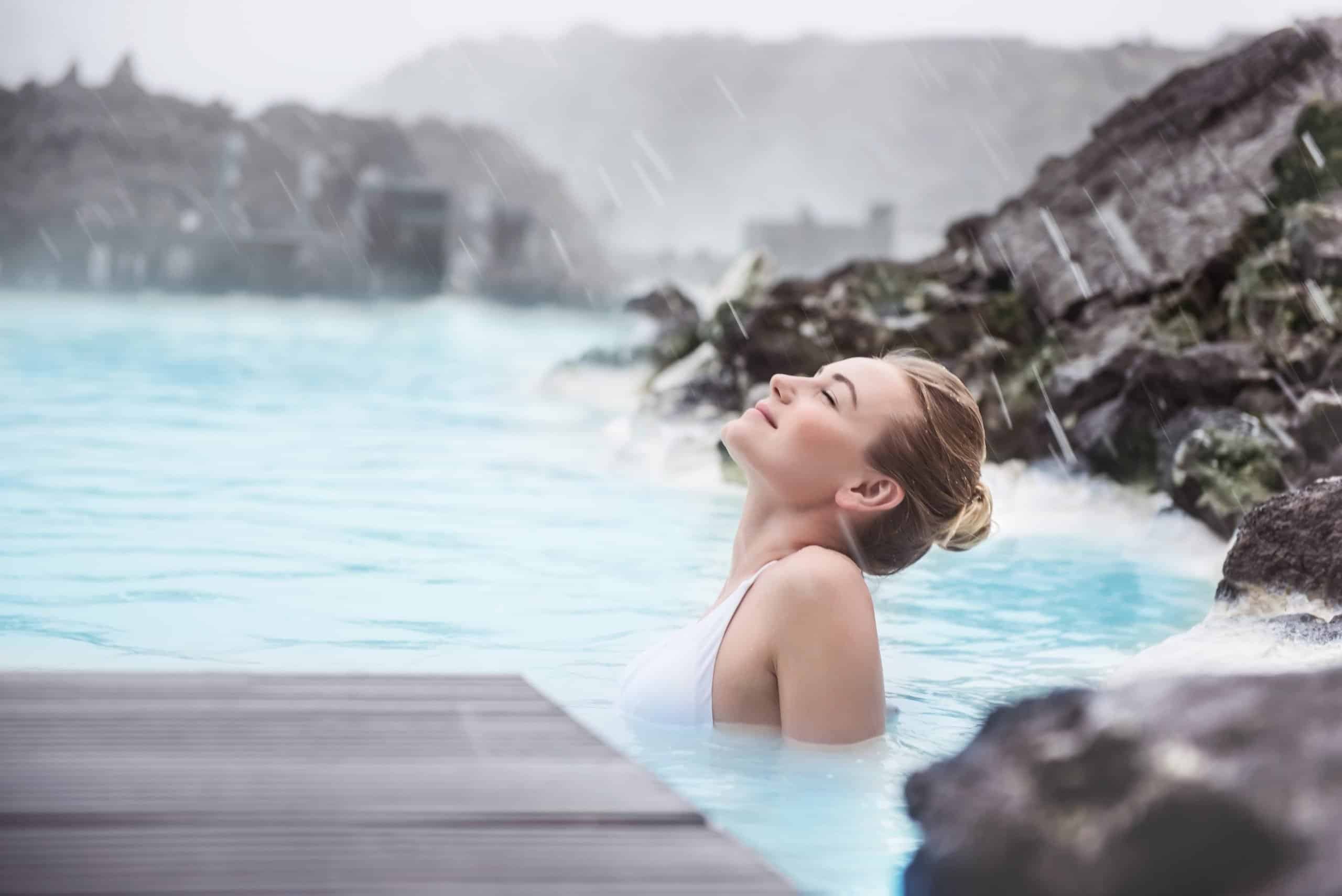
What better way to warm up during a cold January day than with a dip in one of Iceland’s many geothermal pools?
Picture yourself immersed in warm, geothermal waters, surrounded by snowy landscapes, at the iconic Blue Lagoon or the fantastic Sky Lagoon. It’s not just a soak; it’s a sensory journey where the crisp air complements the warm waters, creating a truly cozy experience.
I’ve been to both places during a storm, and it was still a magical experience. Both lagoons are filled with rock formations that can shelter you from the strong winds. The only challenge was not spilling my complimentary drink.
Thorri Festival
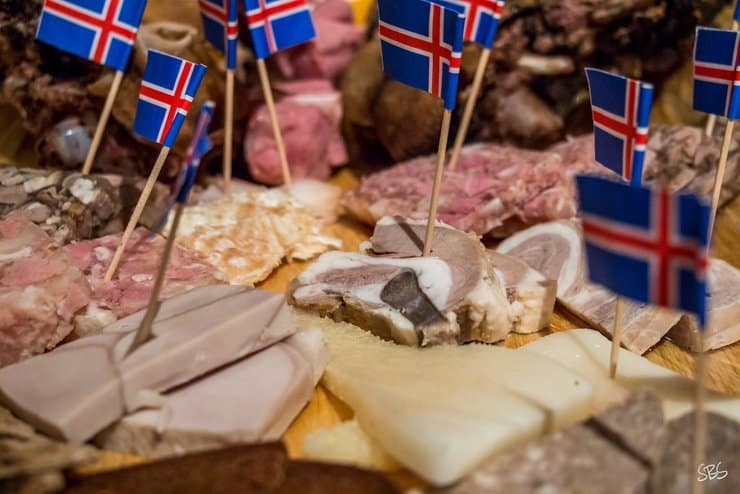
If you’re gastronomically adventurous, you will love January in Iceland.
Icelandic food doesn’t have the best reputation. Although, in recent years, this country’s culinary image has improved—with international expansions of skyr, lamb, and Icelandic chocolate—we still can’t shake off the (not literal) stench of rotten shark, pickled ram’s testicles, and boiled sheep heads.
Let me just start by saying that we locals do not eat these “delicacies” regularly. Most of our meals are probably similar to yours, and you can find a variety of restaurants around the country offering less adventurous cuisine.
- Read more: What to Eat in Iceland? | Your Quick Guide To Food In Iceland.
- See also: Reykjavik’s Best Restaurants: From Fine Dining to Hidden Gems.
But in January, Icelanders celebrate Þorri—the fourth winter month according to the Old Norse Calendar—with a midwinter festival known as Þorrablót. This is where friends and families gather to honor the culinary traditions of the past by consuming the food of the past.
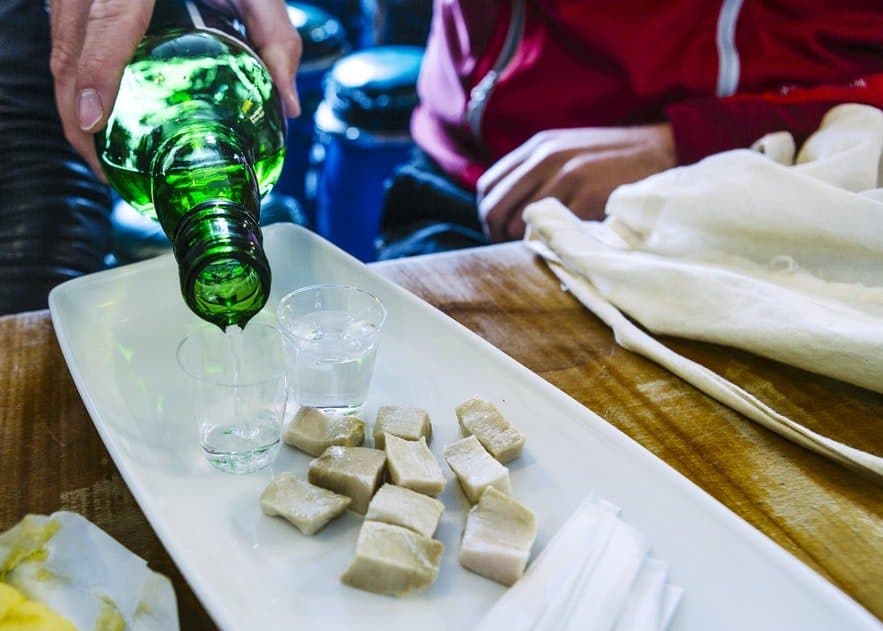
Before modern transportation and refrigeration, food was scarce in the winter. This meant that people had to prepare for winter by salting, drying, and pickling, and nothing was wasted. This resulted in some stomach-churning dishes, such as the aforementioned shark and sheep heads.
Of course, you’re not obliged to participate in a Þorrablót if you visit in January. However, if you decide to do so, a shot of Icelandic Brennivín might help the fermented shark go down more smoothly.
Dark Music Days Festival
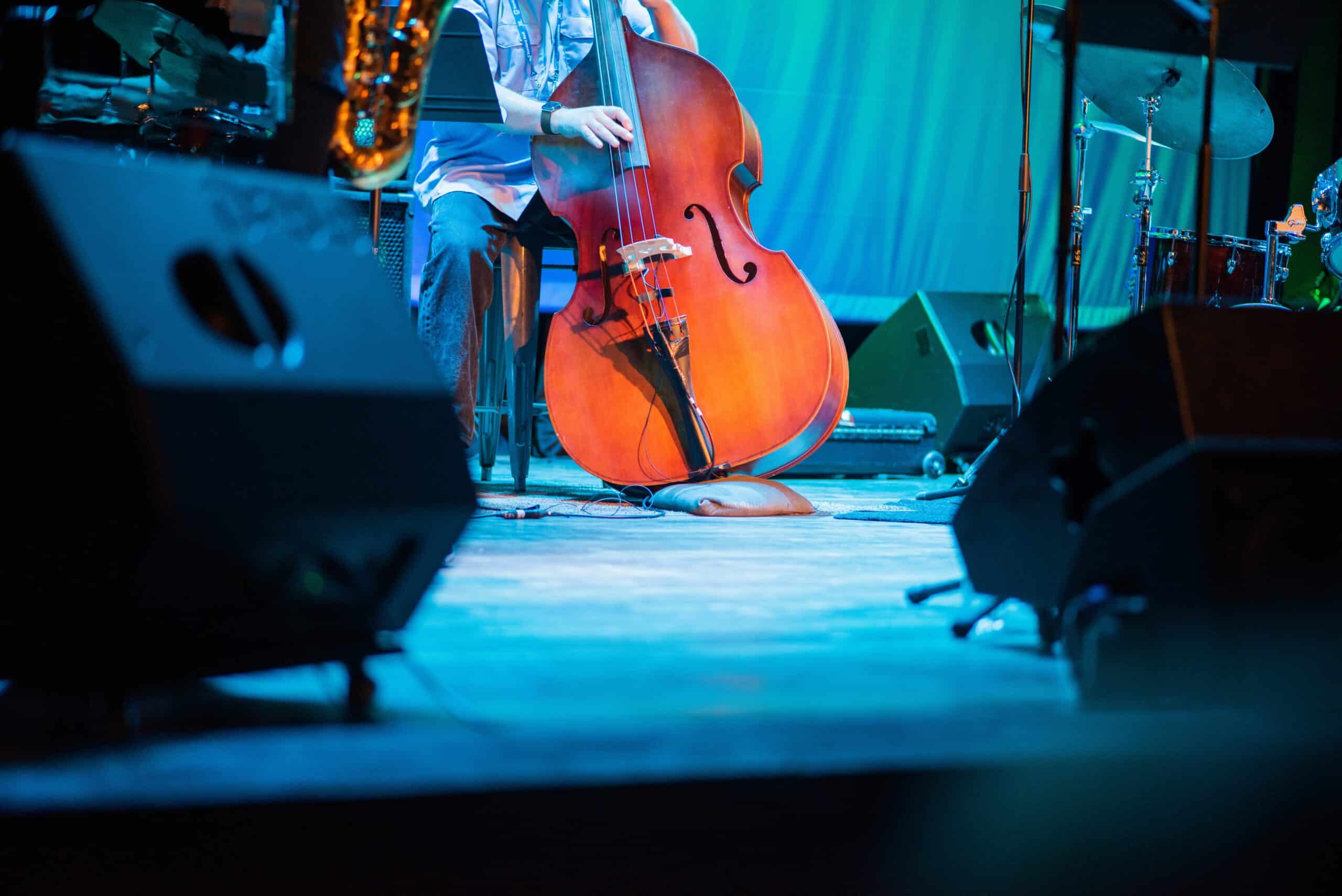
The Dark Music Days Festival is one of the oldest music festivals in Iceland, founded in 1980. It’s aptly named as it takes place during Iceland’s darkest period, but it brings luminescence to the month with a diverse array of performances across the capital region.
From classical melodies to contemporary beats, the festival brings together both seasoned musicians and emerging talents. It’s a chance to immerse yourself in the soul-stirring melodies that echo through the Icelandic winter air.
Reykjavik International Games
Get ready for some sporting fun during January’s Reykjavik International Games. This multi-sport competition in the heart of the city brings together athletes from around the world to showcase their skills.
Whether you’re into cheering on athletes or participating in sports yourself, the Reykjavik International Games offer a lively and friendly atmosphere. From track and field events to indoor sports, the city buzzes with energy and excitement. It’s a chance to witness the thrill of competition and perhaps discover a new sport to enjoy.
How Many Days Should I Spend in Iceland in January?

For a cozy Icelandic winter getaway, set aside at least five days in January. The snowy roads and short daylight mean slower travels, and storms might pop in unexpectedly. With anything less than five days, there is a chance you might miss some gems if nature decides to play some tricks. Plus, more time here gives you more chances to see the Northern Lights.
However, if you dream of traveling around the whole island, visiting the remote East and the otherworldly North, you’ll need at least ten days for a comfy journey. We recommend a small group tour for a circle trip. It allows you to relax while a professional driver navigates the often heavily snowy roads of East and North Iceland.
If, however, you are a confident winter driver, you can explore at your own pace on a self-drive tour. We recommend visiting West and South Iceland. This includes the Golden Circle, the famous waterfalls and black sand beaches of the South Coast, as well as the diverse wonders of the Snæfellsnes Peninsula. Just remember to check the weather forecast and road conditions before heading out each day.
Conclusion
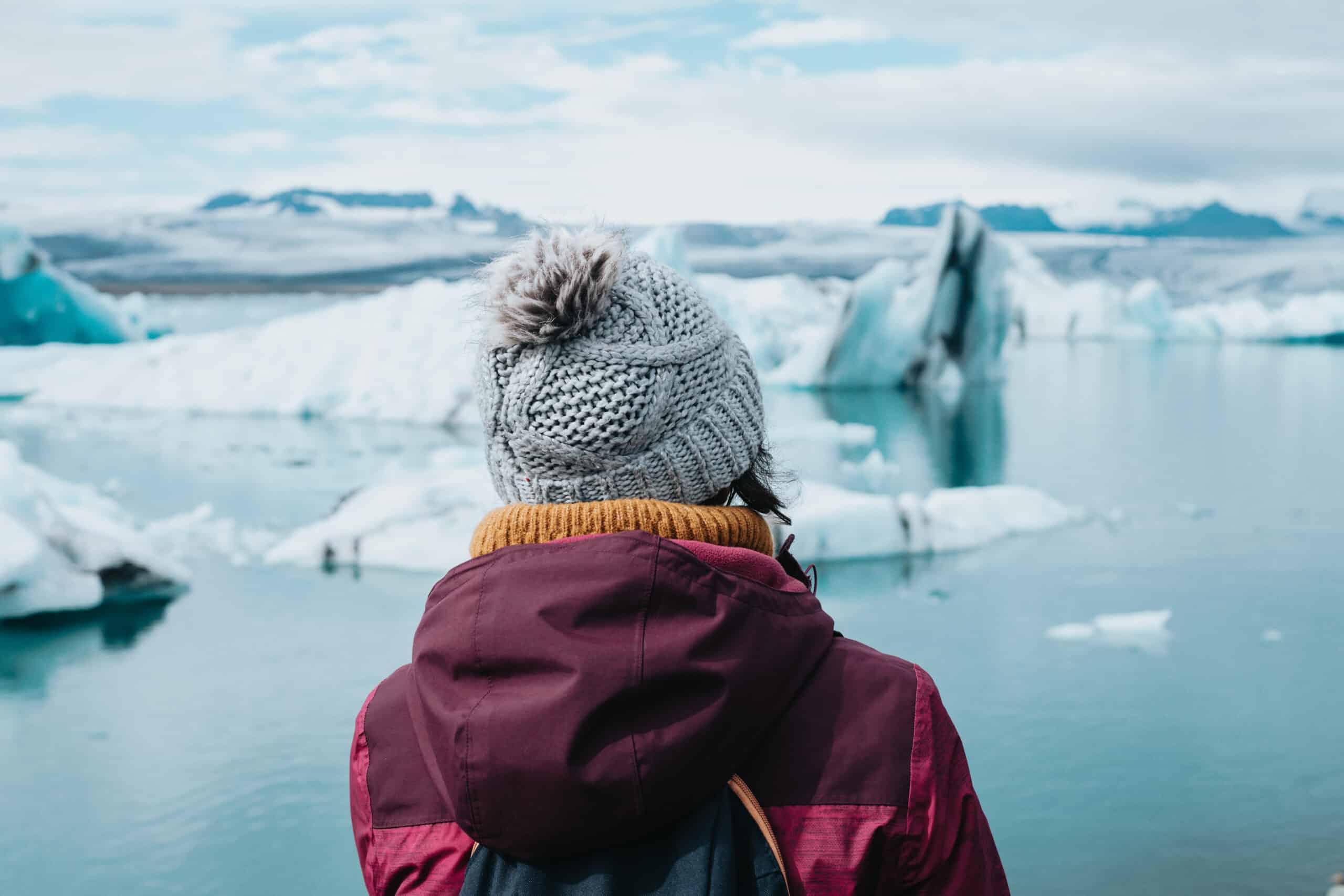
Visiting Iceland in January might not be for everyone. The month is cold, dark, and windy. However, if you have a flexible mindset and a sense of adventure, this might be the ideal time for you.
If wind or other difficult weather conditions decide to change your plans, there are plenty of indoor activities to choose from, like taking a dip in one of Iceland’s many swimming pools or visiting a museum, FlyOver Iceland, or the Lava Show. Just keep an open mind, and you’ll be fine.
For every negative aspect of Iceland in January, there is a positive. Visiting crystal ice caves in Vatnajökull wouldn’t be possible without the cold temperatures. Seeing the Northern Lights or fireworks can’t be done without darkness.
So, what are you waiting for? Pack your warm coat, sturdy hiking shoes, and thermal underwear, and get ready for the adventure that is Iceland in January.

